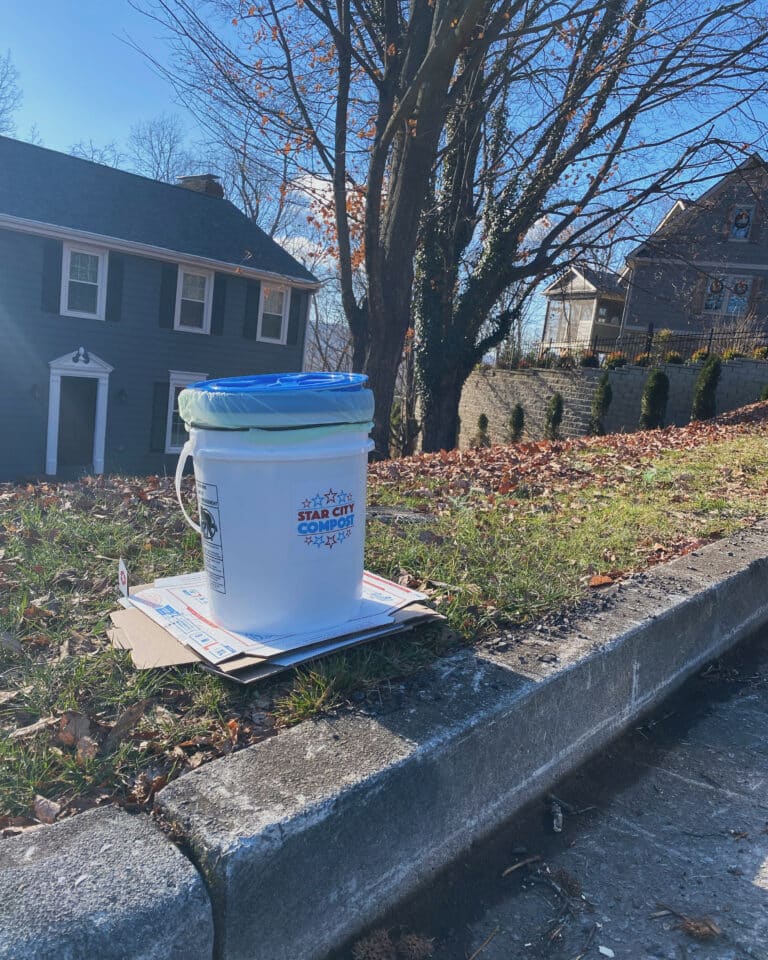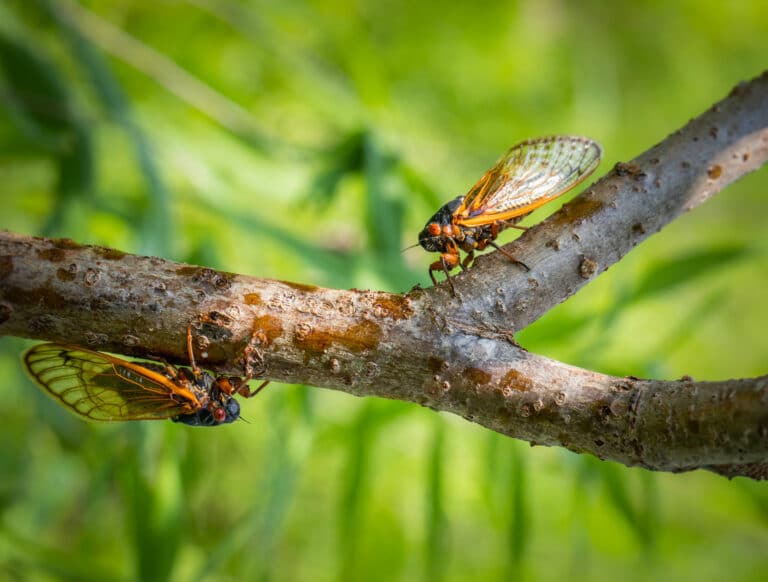Horace Greely said, “Go West.” If temperatures are still a little too frigid and snow covers the mountain pathways, generating urges to stay home and under the blankets, I say, “Go South.” In this case, I’m talking about the Deep South and Georgia’s and Florida’s Okefenokee National Wildlife Refuge. Its gentle terrain provides some of the East Coast’s best late winter and early spring outings. (You’ll also be here before the wide variety of stinging and biting insects become hordes.)
The Okefenokee is one of the country’s most visited national wildlife refuges, with 400,000 people stopping by annually. At 402,000 acres, it is twice the size of Shenandoah National Park. Of course, 370,000 of those acres are considered wetlands, which means the most extensive discovery of the refuge may only be accomplished on the 120 miles of boat trails.
However, by combining a number of hiking trails for a 7-mile out-and-back outing, you can explore many of the refuge’s varied environments. The 1.75-mile Ridley Island Trail passes through upland forest and beside wetland habitats. At this time of year you may get to witness the courtship dance of sand hill cranes or watch alligators sunning themselves at water’s edge. The .7-mile Homestead Trail provides insight into the lives of those who lived in the swamp before the refuge was established. Passing through a pine and oak forest, the .5-mile Deer Stand Trail connects with the .7-mile Boardwalk Trail, a showpiece pathway. On an elevated route, it delivers you into deep swamps, onto open prairie, and out to a viewing platform overlooking Seagrove Lake.
While in the refuge, there is also the possibility of seeing panthers, black bears, red wolves, and weasels. Golden trumpet, just one of close to a dozen insectivorous plants in the refuge, will be blooming soon. In addition, there are opportunities to go through a museum, take a guided boat tour, attend festivals focusing on pioneer days and bluegrass music, or participate in dozens of interpretive programs.
More information may be found at www.fws.gov/okefenokee.







